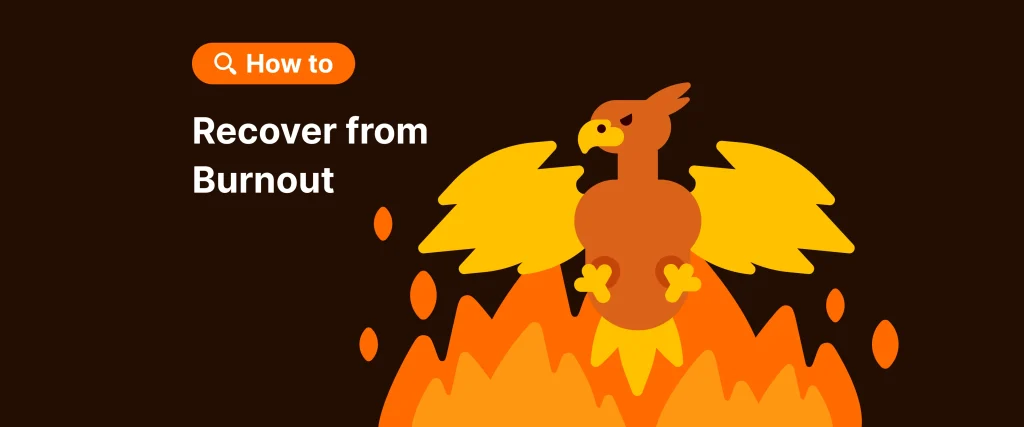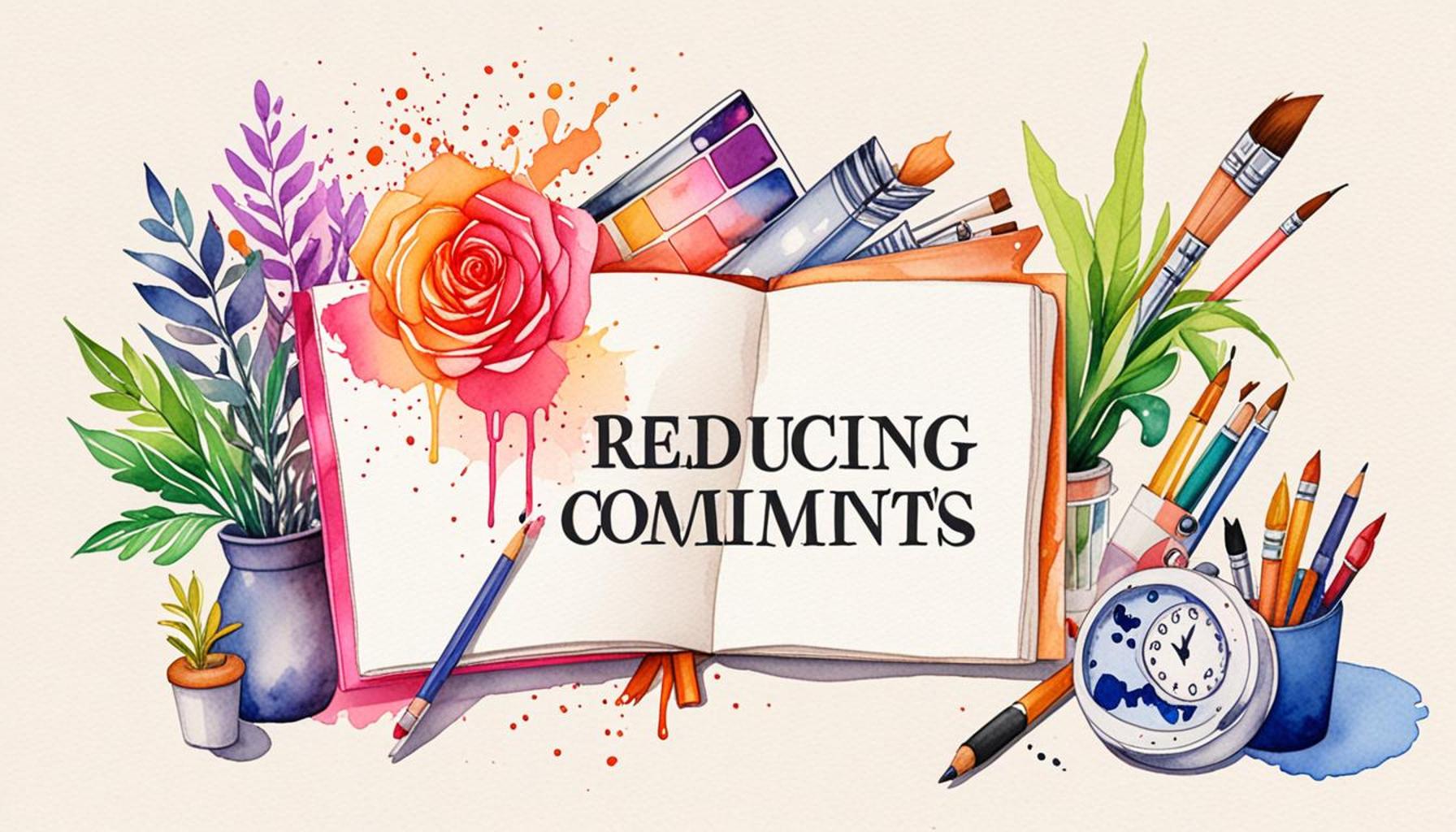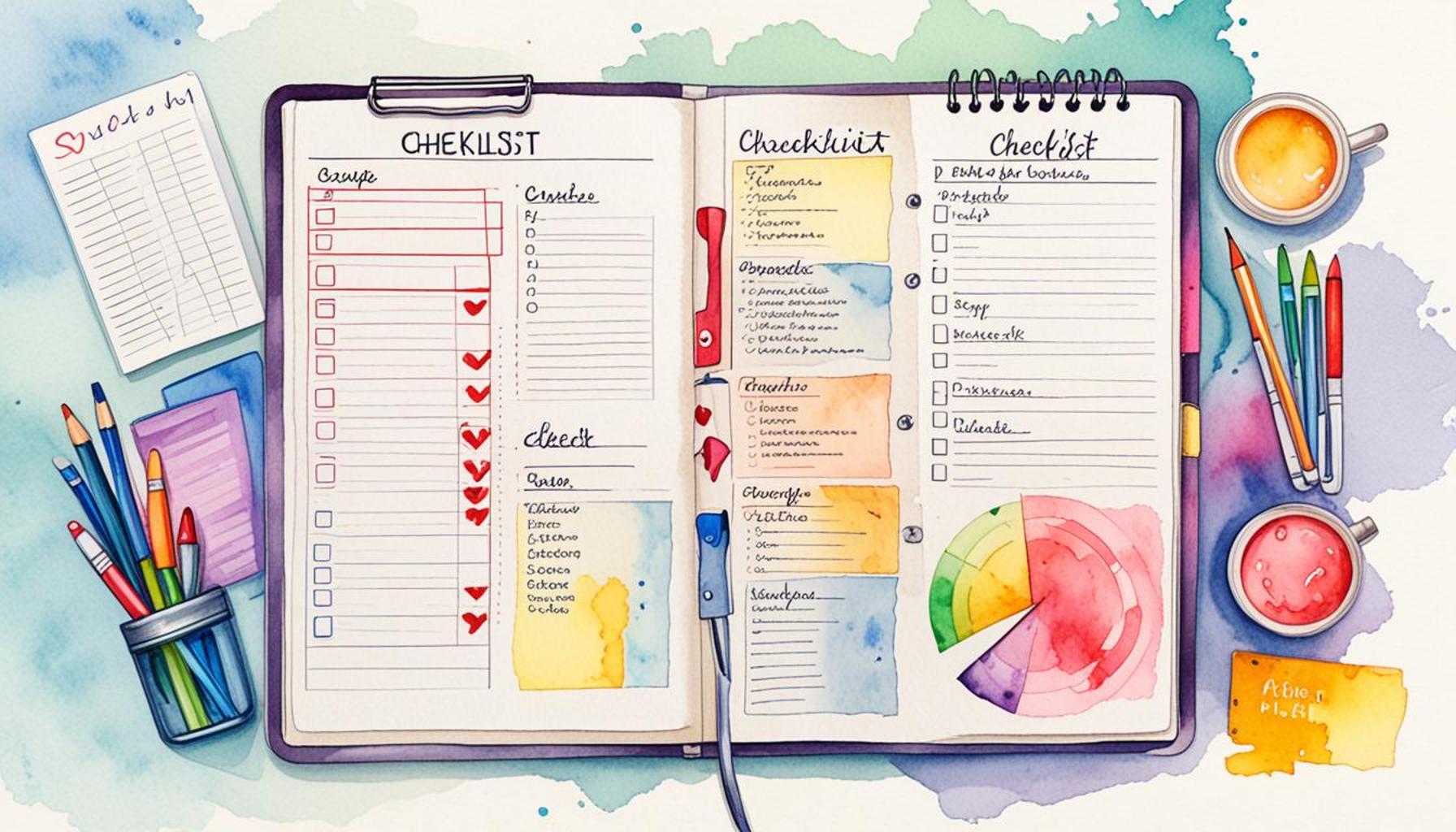How the Practice of Detachment Can Free Up Time and Energy to Increase Your Productivity

Understanding Detachment as a Productivity Tool
In a world filled with notifications, deadlines, and ever-growing to-do lists, the ability to practice detachment emerges as a powerful ally in the pursuit of productivity. Detachment involves consciously choosing to relinquish emotional or cognitive attachments to tasks, outcomes, and obligations that do not serve you well. This can lead not only to efficiency but also to a sense of peace and satisfaction in both work and personal life.
Importantly, detachment is not synonymous with apathy. Rather, it involves a disciplined commitment to understanding what is essential and what can be left behind. This mindset allows for a profound shift in how we approach our daily activities. For example, consider the frantic professional in a corporate setting who is often overwhelmed by mountains of emails and the pressure to respond immediately. By practicing detachment, they can let go of the need to react to every email instantly, focusing instead on critical tasks that drive real value.
The Benefits of Practicing Detachment
Practicing detachment provides various significant benefits that contribute to improved productivity:
- Reduced Stress: By identifying what is outside your control and deliberately choosing to not dwell on it, you can significantly minimize anxiety levels. Focusing on the present and immediate tasks can prevent mental overload and promote a healthier state of mind.
- Clarity of Purpose: A detached mindset creates space to prioritize effectively. As you release attachments to insignificant tasks, you cultivate a clearer understanding of your goals, which can guide decision-making, thereby enhancing productivity.
- Enhanced Creativity: When distractions are stripped away, your mind has the freedom to innovate. For instance, many successful entrepreneurs credit moments of solitude and detachment from their routine as the source of breakthrough ideas—think of Steve Jobs and his retreats for inspiration.
Implementing Detachment in Daily Life
Incorporating detachment into your daily routine can be transformative. Here are several practical strategies:
- Mindfulness Practices: Engage in mindfulness or meditation to ground yourself in the present. Regular mindfulness exercises can foster an awareness of your thoughts while encouraging you to let go of those that detract from your focus.
- Set Boundaries: Clearly defined limits on work hours, email communication, and personal interactions help to protect your mental space. For example, allocating specific times to check emails rather than allowing them to intrude on your entire day can enhance focus.
- Learning to Say No: Understand that not every request for your time or attention is essential. Saying no to non-priority tasks can liberate time and energy for what truly matters.
Ultimately, the journey into detachment is also a journey toward self-awareness and efficiency. By simplifying your mental landscape, you can facilitate profound changes in your personal and professional life, leading you to reclaim the time and energy required for sustained productivity. As you explore these practices, you may find that less truly is more, fostering a greater capacity to focus on what truly enriches your life.

DIVE DEEPER: Click here to uncover the benefits of mindfulness
Embracing Detachment: A Shift in Perspective
The practice of detachment is not merely a philosophical idea; it is a practical approach that can revolutionize your productivity. By adopting a detached viewpoint, individuals can redefine their relationship with work and obligations, leading to more efficient use of time and energy. This shift draws attention away from the frantic pace of life and redirects focus onto the core objectives that foster meaningful progress.
One of the first steps in embracing detachment is recognizing the multiple distractions that saturate our daily routines. It’s commonplace to become ensnared by minor tasks that offer little value; for example, the constant barrage of social media updates or the urge to reply to every notification. This behavior is not just about losing time; it drains energy, saps creativity, and clouds judgment. By cultivating detachment, you intentionally create a buffer against these distractions, thereby enhancing your ability to concentrate on what truly matters.
The Science Behind Detachment and Productivity
Research in psychological and behavioral science supports the benefits of detachment. Studies reveal that individuals who practice detachment report higher levels of emotional resilience and better mental clarity. This clarity translates into improved decision-making skills and higher overall productivity. For instance, a groundbreaking study from the American Psychological Association found that individuals who embrace a mindset of detachment are more likely to streamline their efforts, leading to better outcomes and less wasted energy.
Furthermore, detachment is closely linked to the principle of flow, a state where individuals become fully immersed in their tasks. When one lets go of external pressures and expectations, focusing solely on the present moment and the task at hand, productivity often skyrockets. The concept of flow, popularized by psychologist Mihaly Csikszentmihalyi, illustrates how detachment opens the door to superior performance, creativity, and satisfaction.
Detachment Techniques to Enhance Productivity
To incorporate detachment into your routines, consider these practical techniques:
- Digital Detox: Regularly disconnect from digital devices to observe how it influences your mental clarity. Choose specific times during the week to unplug and reserve that time for concentrated work.
- Journal Regularly: Maintain a daily journal where you reflect on tasks and feelings. This practice can help clarify what truly matters, promoting a sense of detachment from non-essential obligations.
- Focused Work Sessions: Implement time-blocking strategies where you dedicate specific time intervals to certain tasks. During these blocks, eliminate all distractions and commit to the task without interruption.
These techniques not only nurture a sense of detachment but also cultivate an environment conducive to enhancing productivity. By making small adjustments in your daily life to incorporate detachment practices, you can unlock greater reserves of time and energy, ultimately leading to higher productivity levels.
| Advantages of Detachment | Impact on Productivity |
|---|---|
| Enhanced Focus | Detachment helps eliminate distractions, allowing one to concentrate more effectively on tasks. |
| Reduced Stress | By letting go of unnecessary emotional burden, individuals can experience a significant decline in stress levels. |
| Increased Creativity | Detachment fosters a mental state conducive to creativity, enabling fresh ideas to emerge. |
| Improved Decision-Making | A detached perspective allows for more rational and constructive decision-making processes. |
Through the practice of detachment, individuals can incorporate these benefits into their daily routines, dramatically increasing productivity. The ability to enhance focus leads to accomplishing tasks more efficiently, while reduced stress levels create a healthier work environment overall. Furthermore, as creativity flourishes and decision-making improves, professionals are better equipped to tackle challenges head-on. Ultimately, adopting a detached mindset not only frees up time and energy but also significantly boosts overall productivity. Exploring these principles can lead to profound transformations for anyone looking to maximize their effectiveness in work and life.
DIVE DEEPER: Click here to discover the minimalist prioritization method
Transforming Productivity Through Mindful Detachment
The journey toward enhanced productivity through detachment does not merely rest on avoiding distractions; it also involves a profound level of mindfulness. Mindfulness, the practice of being present and fully engaging with the current moment, complements detachment by enhancing focus and commitment during work sessions. Integrating mindfulness practices into your daily routine can significantly elevate productivity and time management.
Mindfulness-based practices, such as meditation, have been shown to foster cognitive flexibility and increase self-awareness. A study published in the journal Psychological Science found that participants who engaged in mindfulness meditation were better equipped to focus and resist distractions during tasks, which ultimately improved their performance. By spending just a few minutes each day in meditation or deep breathing exercises, you create a mental space that encourages a detached perspective, allowing you to approach tasks with clarity and purpose.
Defining Priorities: The Art of Selective Engagement
Another significant aspect of practicing detachment is the ability to evaluate and define your priorities. When you cultivate a detached mindset, you start to discern which tasks truly contribute to your goals and which merely consume your time and resources. This selective engagement leads to the cultivation of a minimalist mindset where less becomes more, aligning your focus on essential responsibilities.
Tools like the Eisenhower Matrix can promote this prioritization. This decision-making framework allows you to categorize tasks into four quadrants based on urgency and importance. By utilizing this tool, you can detach from the overwhelming list of daily responsibilities and instead focus on what will drive you closer to your long-term objectives. As a result, less time is wasted on unproductive tasks, providing you with more energy for high-impact activities.
Building Healthy Boundaries
Setting boundaries is integral to the practice of detachment. Without clear limits, workloads can often spill into personal time, disrupting the balance necessary for rejuvenation and sustained productivity. Research suggests that individuals who maintain boundaries around work hours and commitments tend to experience lower stress levels and burnout, thereby conserving their energy for productive tasks.
To establish these boundaries, you might consider implementing specific work hours, during which you focus solely on professional responsibilities, and designate time for personal interests or relaxation. Communicating these boundaries to colleagues and family members curates a supportive environment that fosters respect for your time, making it easier to practice detachment.
Fostering a Growth Mindset
Lastly, embracing a detachment-oriented approach encourages the development of a growth mindset. People with a growth mindset view challenges as opportunities for learning rather than threats to their self-worth. This perspective diminishes the fear of failure and promotes resilience, allowing you to detach from negative outcomes and focus on long-term progress.
Incorporating detachment fosters a culture of exploration and innovation in your work, giving rise to new ideas and improved processes. Acknowledging that each step, regardless of the outcome, builds upon previous experiences enhances motivation and fuels productivity. Fueled by a growth-oriented perspective, you not only reclaim time and energy, but you also stimulate a heightened sense of fulfillment in your pursuits.
DIVE DEEPER: Click here to discover more about intentional design
Conclusion: Embracing Detachment for Enhanced Productivity
In an age where the demands on our time and energy are greater than ever, adopting the practice of detachment can significantly transform our productivity. By fostering a mindful approach that emphasizes presence and clarity, individuals can better discern their true priorities, creating a streamlined focus on high-impact tasks. The integration of tools such as the Eisenhower Matrix allows for effective categorization of responsibilities, promoting a minimalist mindset that champions quality over quantity.
Establishing healthy boundaries is crucial in this process. By protecting personal time from the encroachment of work obligations, you not only conserve energy but also create a balanced environment conducive to creativity and rejuvenation. This balance is further complemented by a growth mindset, which transforms challenges into opportunities—thereby reducing the weight of fear and inspiring continuous improvement.
Ultimately, the journey towards productivity through detachment is about reclaiming control over our time and energy. It encourages a re-evaluation of what truly matters, leading to a more engaged and fulfilling work experience. As you embark on this transformative path, remember that each step taken in practicing detachment is a step toward not only greater productivity but also a richer, more meaningful engagement with your work and life. Explore these concepts further and consider how integrating detachment into your routine could unveil new efficiencies and bring forth a profound sense of accomplishment.


